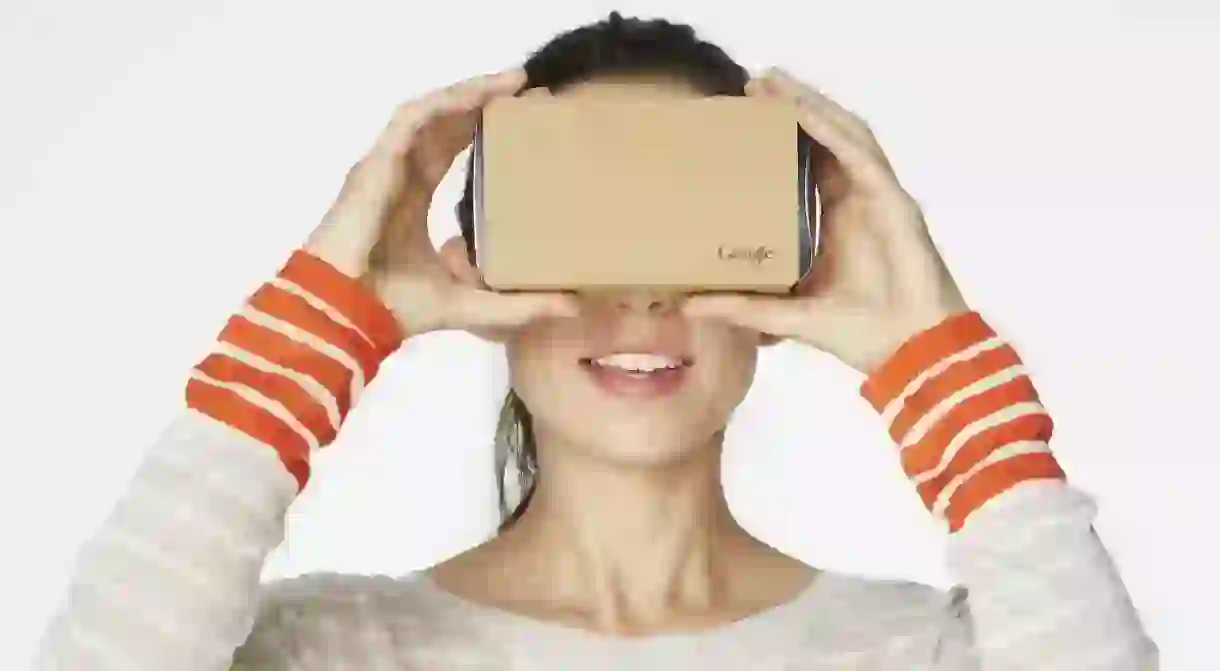Virtual Reality Allows You To Relive Your Vacations Like Never Before

In the days after returning home from vacation, many of us find ourselves pouring over photos, desperately trying to recapture the joy that the best holidays can bring. But can virtual reality technology allow us to relive our favorite trips in a more immersive way, and make those post-holiday blues just a little more bearable?
Virtual reality was first introduced in the 1980s, when gigantic headsets provided a shaky, and sometimes nausea-inducing, experience. But technology, as it has a want to do, has advanced considerably since then. The headsets being built by California and South Korea’s technology giants are now lighter and provide a smoother experience, and the methods to capture and create virtual reality content have become cheaper and easier.
Virtual reality cameras – prices begin to tumble
The really impracticable part of the virtual reality equation – until recently – has been capturing the images. Virtual reality content needs to be shot by several cameras at the same time, and after you have your shots, the process of “stitching” up the footage from each camera can be painfully difficult. The trick is in the software, namely, getting one that does it for you. Fortunately for the tech-savvy traveler, that technology is already here, and coming down in price fast.
The go-to camera for action videos over the past few years has been GoPro, and the California-based company has stepped into the world of virtual reality with an exciting offering. The GoPro Omni hooks up six GoPro cameras in a circle, and provides the software needed for easy stitching and sharing.
Unfortunately, the rig is incredibly expensive, and probably out of most travelers’ price range. The Omni, released in August 2016, costs $1,499, providing you already own six Hero4 GoPro cameras. For the whole bundle, the cost rises to $4,999. However, the results, as seen in the video below, are pretty impressive.
Samsung has also entered into the virtual reality camera market with the Samsung Gear 360. The ball-shaped camera costs around $350 but has been criticized for not being able to fit into your pocket, and it’s only compatible with other Samsung devices.
At the end of 2016, another entrant will step into the market. The LucidCam raised over $114,000 in investment from crowdfunding site Indiegogo in late 2015 and early 2016, and lets users capture 180-degree 3D virtual reality images and video, which are high quality. The LucidCam can fit into a user’s pocket, and although pricing has not been revealed yet, will cost a lot less than GoPro’s rig. For casual users who aren’t experts in virtual reality filmmaking, products like the LucidCam may be the best medium-term option.
Han Jin, the founder and CEO of Lucid VR, the company making LucidCam, told Culture Trip that 2017 is set to be a big year for virtual reality. “Right now it is quite expensive, and you also need a high-performance computer to view virtual reality on some headsets,” he said. “Those things are holding the industry back.” But Jin believes new headsets and cameras are going to bring VR to everyone in the coming years.
To prove the capabilities of his company’s camera, Jin recorded himself jumping out of a plane. The video below gives an insight into how exciting the technology can be, but is best viewed with a headset rather than on a phone or computer screen.
An even simpler, but more limited, way to create virtual reality content on your travels is to use an app. One example is the Cardboard Camera app from Google. It’s only available on Android phones, but it’s free, and lets you take panoramic photos with depth and sound, that you can then experience in virtual reality with a headset. Another app, this time only available on the iPhone, is Splash. This app allows users to take panoramic videos by holding down the record button and moving the phone slowly. It’s not easy to use and takes some getting used to, but videos are easily shareable with friends across multiple platforms.
VR headsets – cheaper than you’d think
While a high-tech virtual reality headset like Facebook’s Oculus Rift will set you back hundreds of dollars, much cheaper products are already available. Oculus brought virtual reality back into the world’s attention when it broke through as a concept in 2012. But the Rift, which was launched in March and sells for $599, was designed with videogames in mind, and its bulky power is not necessary for a casual photographer looking to watch homemade video.
Perhaps the thriftiest purchase is Google Cardboard, a device, literally made out of cardboard, that converts your smartphone into a virtual reality headset. Cardboard was the first ultra-affordable headset, and still costs only $12 on Amazon. It may not be quite as advanced as the Samsung Gear or the Oculus Rift, but it’ll do a great job when showing holiday videos to your friends.
Google Cardboard is easily assembled, and puts your phone’s screen at an optimal distance from your eyes, so the lenses in the cardboard can then create a 3D effect. The images on the screen move around as your head does.
Over the next year, virtual reality headsets will be in more homes, and cameras in more pockets. It seems inevitable that at some point in the future our smartphones will be able to shoot in 3D. But if you want to be ahead of the curve – and turn those sleep-inducing holiday slideshows into something more entertaining – then virtual reality really isn’t out of reach today.













